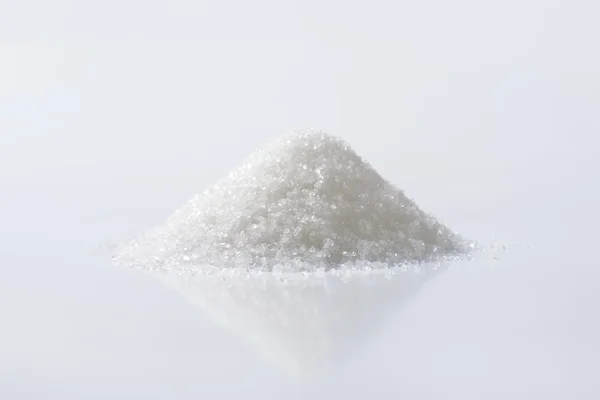IUPAC Name
Calcium diacetate
Cas Number
62-54-4
HS Code
2915.29.00
Formula
Ca(C2H3O2)2
Industry
Food Ingredients
Appearance
White Crystalline Powder
Common Names
Acetate of Lime
Packaging
25 kg paper bag
Brief Overview
Calcium acetate, with the chemical formula Ca(C2H3O2)2, is a calcium salt derived from acetic acid. Commonly referred to as the acetate of lime, it possesses a white crystalline structure and exhibits hygroscopic properties. In terms of activity and pH, calcium acetate closely resembles acetic acid. This compound is naturally present in certain food items like vinegar and eggshells.
Manufacturing Process
1. The production of calcium acetate involves immersing calcium carbonate or hydrated lime in vinegar or an acetic acid solution.
2. Calcium acetate can be obtained through natural or synthetic means. In laboratories, synthetic production ensures an identical composition and structure to the naturally occurring chemical.
Food Industry
In the food industry, calcium acetate serves as a food additive, stabilizer, and buffer with the designation E263. Its application in the food industry is due to specific properties it possesses. For instance, calcium acetate can function as a growth inhibitor for certain bacteria, a texturizer, a thickening agent, and a firming agent. It plays a role as a buffer to control the pH of food during processing, contributing to extended shelf life and the stabilization of various food products. Calcium acetate finds use in a range of food items, including candies, cakes, cheeses, gelatin, snack foods, sweet sauces, bread, and baked goods.
Pharmaceutical Industry
In the pharmaceutical realm, calcium acetate is employed to prevent elevated blood phosphate levels in patients undergoing dialysis for kidney disease. Specifically, it serves as a phosphate binder indicated for reducing serum phosphorus levels in individuals with end-stage renal disease.
